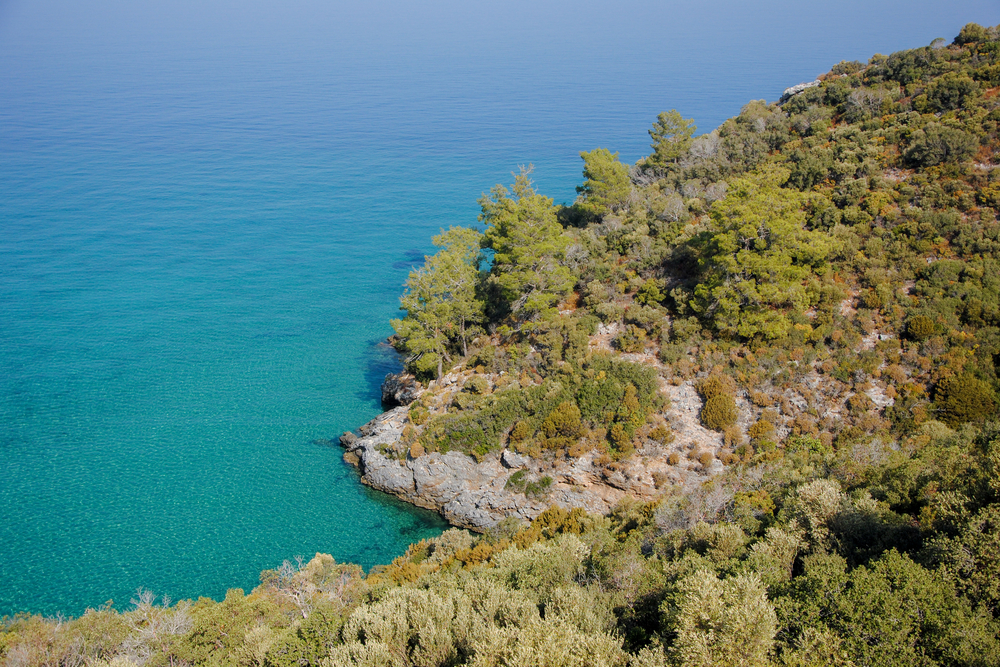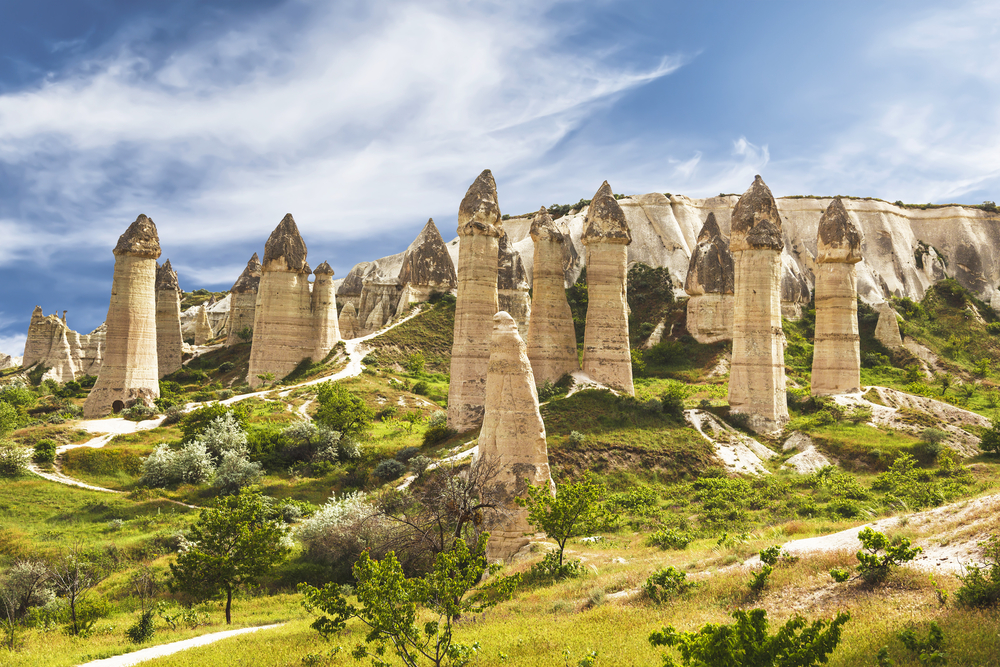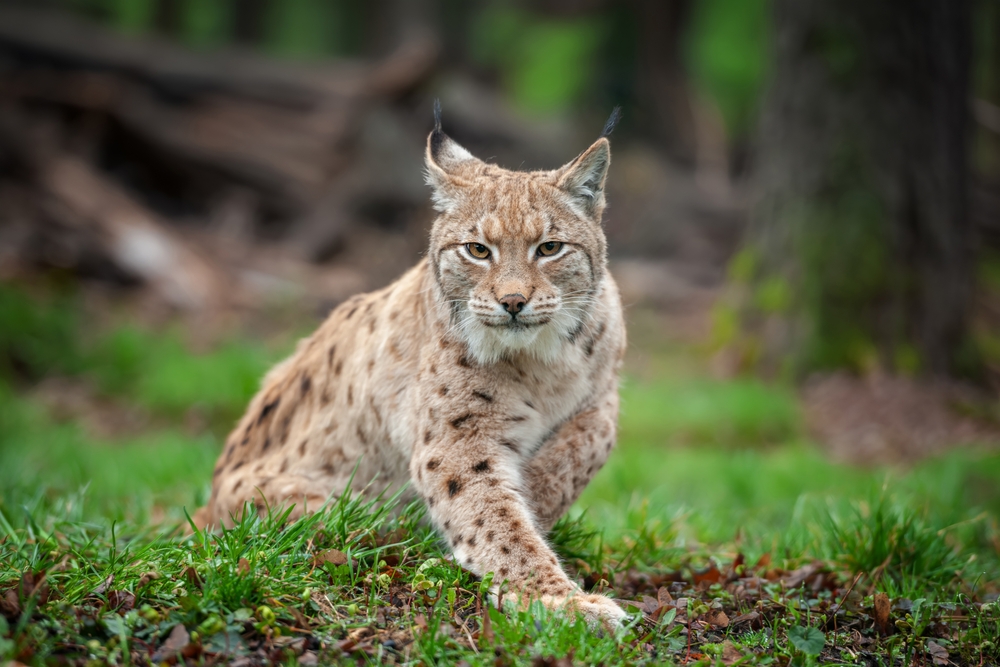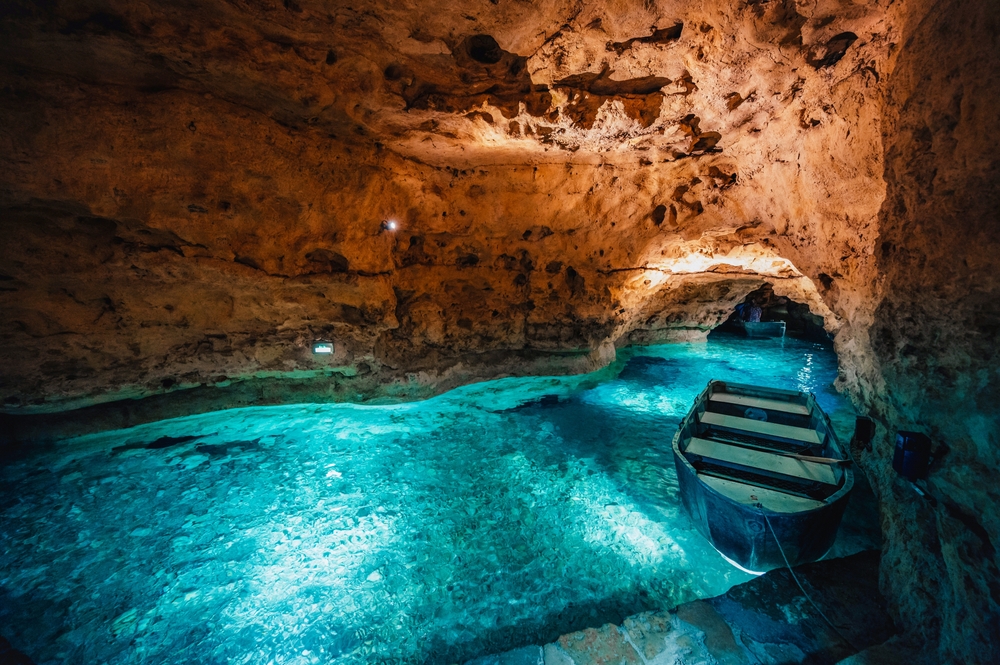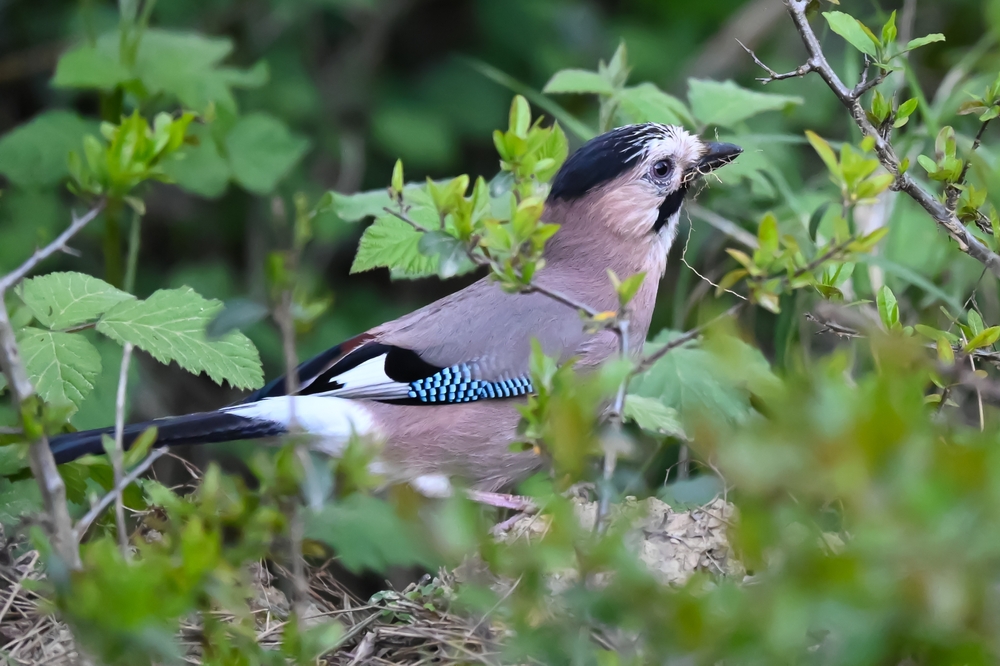Dilek Peninsula–Büyük Menderes Delta Overview
Dilek Peninsula–Büyük Menderes Delta National Park, locally known as Dilek Yarımadası–Büyük Menderes Deltası Millî Parkı, is a diverse and ecologically significant protected area located in western Turkey, within the Aydın Province.
The park spans approximately 42 square miles, or around 109 square kilometers, and lies between the towns of Kuşadası and Söke, along the Aegean coast. It combines two distinct regions: the mountainous Dilek Peninsula and the expansive wetlands of the Büyük Menderes River Delta.
The terrain in the peninsula section is rugged and mountainous, dominated by Mount Mycale (known in Turkish as Samsun Dağı), which rises sharply to over 1,230 meters. This part of the park is cloaked in dense Mediterranean vegetation, including maquis shrublands, pine forests, and aromatic herbs. In contrast, the delta region features marshes, lagoons, and coastal sand dunes, offering a stark but complementary landscape.
This rich mosaic of habitats supports an impressive range of wildlife. The park is one of the few places in Turkey where the endangered Anatolian leopard has been reported, though sightings are extremely rare. More commonly seen mammals include wild boars, golden jackals, roe deer, and caracals.
The delta is especially important for birdlife, attracting more than 250 recorded species. Flocks of flamingos, herons, spoonbills, and pelicans make seasonal appearances, while raptors like the booted eagle and the long-legged buzzard soar above the hills. The wetlands serve as a vital stopover point for migratory birds along the Afro-Eurasian flyway, and the reed beds are alive with warblers, bitterns, and other marsh specialists.
Among the most popular features of the park are its secluded coves and beaches along the Aegean coastline, such as Aydınlık Bay, Kavaklıburun, and Karasu, where swimming in turquoise waters is a favorite pastime.
In the delta, the birdwatching platforms offer prime views of the expansive wetlands and their avian residents. Historical sites, including ancient ruins from Greek and Roman times, are also scattered throughout the area, adding cultural interest to the natural landscape.
Visitors can explore the park in a number of ways. Hiking trails weave through the Dilek Peninsula’s forests and offer striking views over the sea and delta below. Cycling and nature photography are popular throughout the year, while guided boat tours and kayaking excursions provide a unique perspective on the delta’s intricate water channels.
The park is also equipped with picnic areas, information centers, and observation decks, making it accessible and welcoming to a wide range of visitors.
Conservation in Dilek Peninsula–Büyük Menderes Delta National Park is both complex and ongoing. The park’s dual identity as a forested mountain reserve and a wetland sanctuary requires careful management.
Threats such as illegal fishing, pollution from nearby settlements, and agricultural runoff pose significant challenges, particularly in the delta. Nonetheless, efforts by Turkish conservation authorities and environmental organizations have led to improved monitoring, stricter regulation of tourism, and greater awareness among local communities.
These successes have helped maintain the park’s biodiversity and protect its fragile ecosystems.








































































